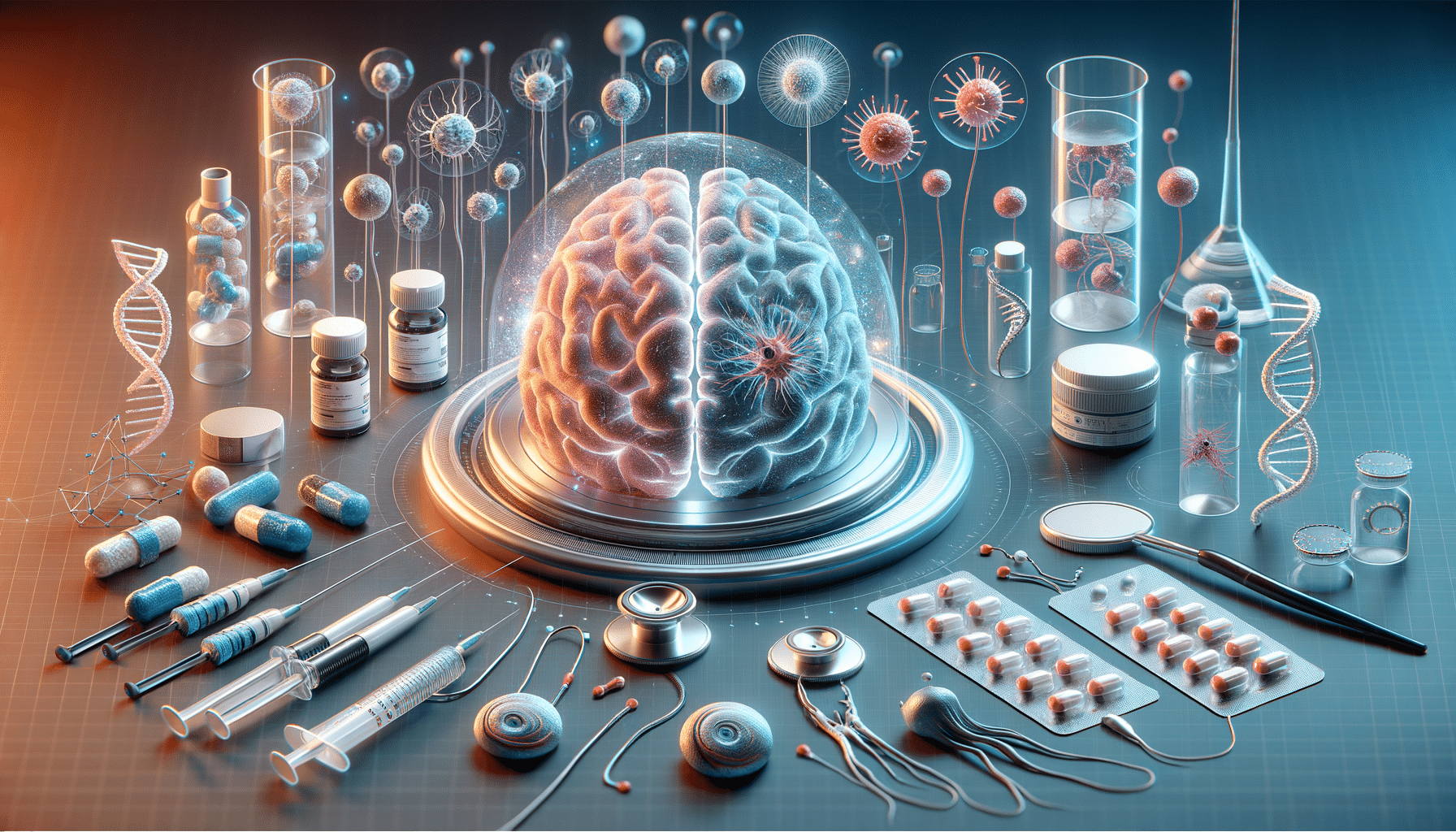
Understanding Current Treatments for Parkinson’s Disease
Introduction to Parkinson’s Disease
Parkinson’s disease is a progressive neurological disorder that affects movement and can lead to tremors, stiffness, and difficulty with balance and coordination. The disease primarily affects individuals over the age of 60, although younger onset is possible. Understanding the intricacies of Parkinson’s is crucial as it sets the stage for exploring modern treatment options. The condition results from the degeneration of dopamine-producing neurons in the brain, leading to a decrease in dopamine levels. This neurotransmitter is vital for smooth and coordinated muscle movements. As research continues to unravel the complexities of Parkinson’s, new treatments are being developed to manage symptoms and improve quality of life.
Pharmacological Treatments
The cornerstone of Parkinson’s treatment involves pharmacological interventions aimed at replenishing or mimicking dopamine in the brain. The most commonly prescribed medication is Levodopa, often combined with Carbidopa to enhance its effectiveness and reduce side effects. These medications work by converting into dopamine once inside the brain, helping to alleviate motor symptoms. However, long-term use can lead to complications such as dyskinesia, characterized by involuntary movements. Other medications, such as dopamine agonists, MAO-B inhibitors, and COMT inhibitors, are also utilized to manage symptoms by different mechanisms. These drugs can offer flexibility in treatment plans, allowing for personalized approaches to symptom management.
Advanced Therapies: Deep Brain Stimulation
For patients who do not respond adequately to medication, advanced therapies such as Deep Brain Stimulation (DBS) offer a promising alternative. DBS involves surgically implanting electrodes in specific brain areas, delivering electrical impulses to regulate abnormal signals. This procedure can significantly reduce tremors and improve motor function, enhancing the quality of life for individuals with Parkinson’s. While DBS is not a cure, it is among the top options for managing symptoms in advanced cases. The selection of candidates for DBS requires careful consideration of factors such as age, disease progression, and overall health.
Emerging Treatments and Research
The landscape of Parkinson’s treatment is continuously evolving, with ongoing research focusing on novel therapies and interventions. Gene therapy is one such area, aiming to modify or replace genes associated with Parkinson’s to slow disease progression. Additionally, stem cell therapy holds potential for regenerating damaged neurons and restoring function. Researchers are also exploring the role of neuroprotective agents that could prevent further neuronal damage. These emerging treatments, still in experimental stages, offer hope for future breakthroughs in managing Parkinson’s more effectively.
Conclusion: Living with Parkinson’s Disease
While Parkinson’s disease presents significant challenges, modern treatments provide a range of options to manage symptoms and enhance quality of life. From pharmacological approaches to advanced therapies like Deep Brain Stimulation, patients have access to a spectrum of interventions tailored to their needs. As research progresses, emerging treatments promise to further expand these options, offering new hope for those affected by the condition. It is essential for patients and caregivers to stay informed about the latest advancements, ensuring they can make educated decisions about their treatment plans and maintain a proactive approach to managing the disease.

